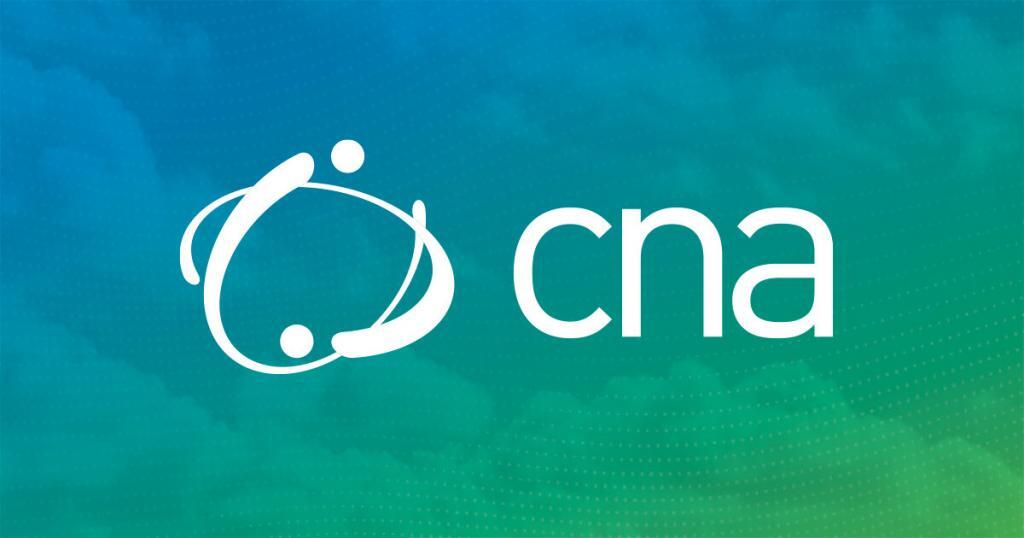
Your lifetime used fuel would fit in a soda can! Want proof?
Does this infographic look familiar? It should. For the past five years, the CNA has been using it to show how little uranium used fuel a person would generate over their lifetime if they relied exclusively on nuclear energy.
It’s always a big hit on social media because it’s a simple yet powerful concept.
But did you ever wonder how the CNA came to this conclusion? It wasn’t a guess. It was a calculation that involved several variables, including reactor capacity, refueling speed, electricity consumption, fuel volume, soda can volume and average life expectancy.
Here’s the full breakdown:
A CANDU 6 reactor typically has 380 fuel channels. Each channel has 12 fuel bundles which means at any given time, a reactor has approximately 4,560 fuel bundles.
This system produces ~2,000 MW of thermal power (heat), which is turned into ~700 MW of electricity .
Each week, approximately 60 new fuel bundles are put into the reactor. The fuel in the reactor is completely replaced roughly every 18 months.
This means that the power that a given fuel bundle will produce is: (Note 1 MWe = 1,000 kWe.)
(Note 1 MWe = 1,000 kWe.)
A bundle produces ~153.5 kWe (depending on where it is in the reactor) for ~13,000 hours (18 months). Therefore, one bundle produces 1,989,360 kWh, which we’re just going to call 2 million kWh.
According to electricityrates.ca, Canadians use approximately 10,000 kWh of electricity per year, per household. This varies a lot by province, and even by household. This means:
1 fuel bundle = 200 years of electricity for a household
This is twice the number we normally hear. People don’t distinguish between household electricity use and electricity use per person. Approximately half of electricity use goes towards households in Canada while the other half goes towards industrial, commercial and government operations.
According to Statistics Canada, there are 14 million households and 37 million people in Canada, leading to an average of 2.6 people per household. This gives the length of time a fuel bundle produces electricity for a single person:
1 fuel bundle = 520 years of electricity for a person in Canada
According to the World Bank, the average life expectancy in Canada is 82 years. This means that over the course of a person’s life they would need less than a fuel bundle, specifically, they’d need 82/520 of a fuel bundle, or 15.8%. This is approximately 1/6th of a fuel bundle per person.
The volume of a cylinder is: A fuel bundle is 50 cm long and 10 cm in diameter (source):
A fuel bundle is 50 cm long and 10 cm in diameter (source):
 A typical soda can is 12 fluid oz and 355 ml. (Note 355 ml = 355 cm3.) Larger soda cans are 16 fluid ozor 473 cm3. This means that one fuel bundle would fit in roughly 12 normal sized soda cans.
A typical soda can is 12 fluid oz and 355 ml. (Note 355 ml = 355 cm3.) Larger soda cans are 16 fluid ozor 473 cm3. This means that one fuel bundle would fit in roughly 12 normal sized soda cans.
One fuel rod: or 2,455 cm3 for all 37 (source).
or 2,455 cm3 for all 37 (source).
The fuel bundle is 25 pellets per rod and 37 rods, making 925 pellets per bundle. Each pellet has a volume of:![]() for a total pellet volume of 1,674 cm3.
for a total pellet volume of 1,674 cm3.
A single person’s electricity use would be 265 cm3 of used nuclear fuel (15.8% of 1,674 cm3), which would fit in a normal 355 ml soda can. If we include the zircalloy cladding from the bundle, the total volume would be 388 cm3, which would fit in a 473 ml soda can.
Therefore the used nuclear fuel from one person’s entire lifetime of electricity in their home would fit inside a single soda can.



